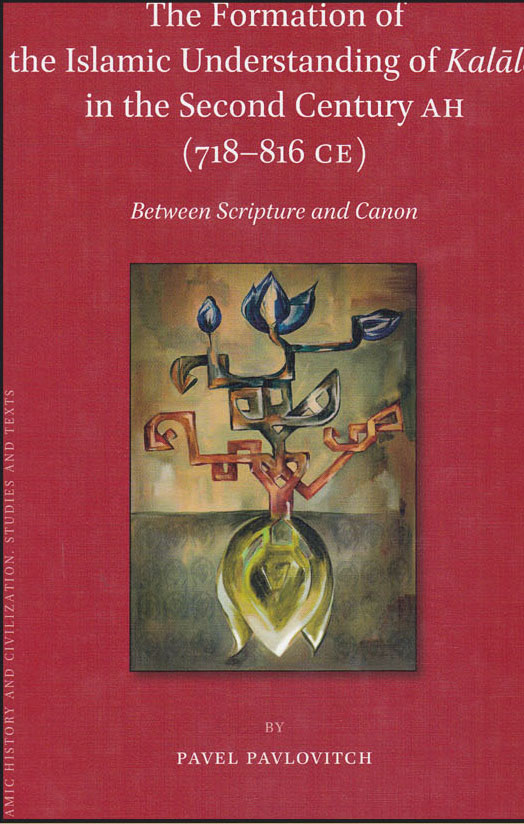
The Formation of the Islamic Understanding of Kalāla in the Second Century AH (718–816 CE) Between Scripture and Canon
By
Publisher Brill
Pub Date
Pub Location GB
Isbn 0
Course(s)
Description
This monograph studies a capacious body of traditions (ḥadīth) devoted to the lexical and terminological meaning of the word kalāla, found in the Qurʾān 4:12 and 4:176. The examination of twenty-nine clusters of kalāla traditions included in the book shows that efforts to decipher this enigmatic word began in the last decades of the first century A.H./ 700–718 C.E. acknowledging its unintelligibility. During the second century A.H./eighth century C.E., these scholarly exertions contributed to the wide circulation of kalāla traditions associated with early Islamic authorities, before all, the second caliph, ʿUmar ibn al-Khaṭṭāb. Medinese scholars promulgated traditions defining kalāla as a person who dies leaving no lineal heirs; by contrast, Kufan scholars asserted that kalāla signifies the collateral relatives who inherit from such a person. The analysis of kalāla traditions sheds insight into the changing conception of scripture in Islam, the early development of Islamic exegesis and jurisprudence, and the attitude towards constituent sources of Islamic law. This book highlights the importance of a coherent and disciplined approach to dating and reconstructing ḥadīth. Kalāla traditions are treated by a modified version of the method known as isnād-cum-matn analysis. This approach, which may be described as “textual archeology,” consists of two complementary aspects. This twofold procedure allows for reconstructing the base version of the matn as it was formulated and transmitted by the common link.
|